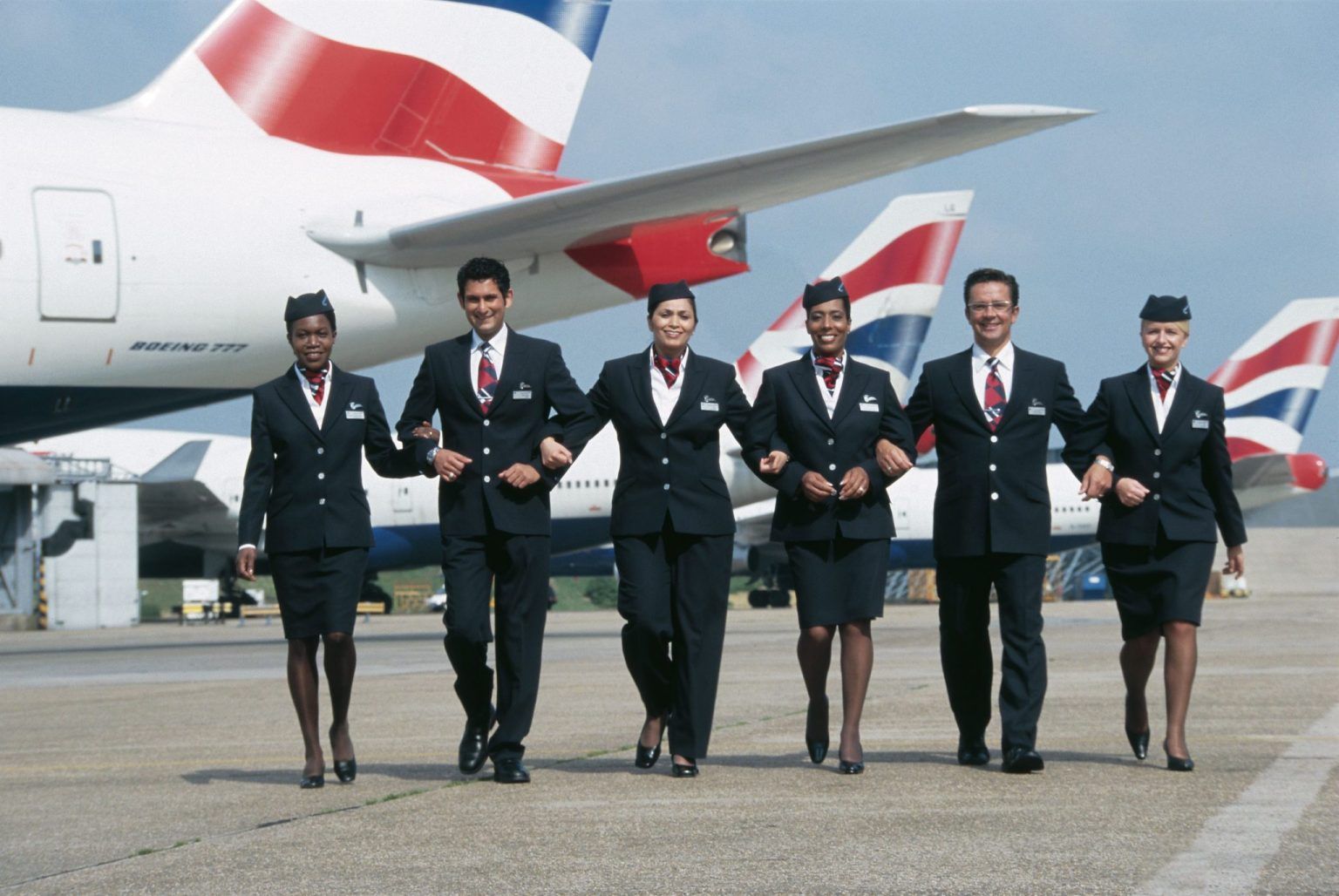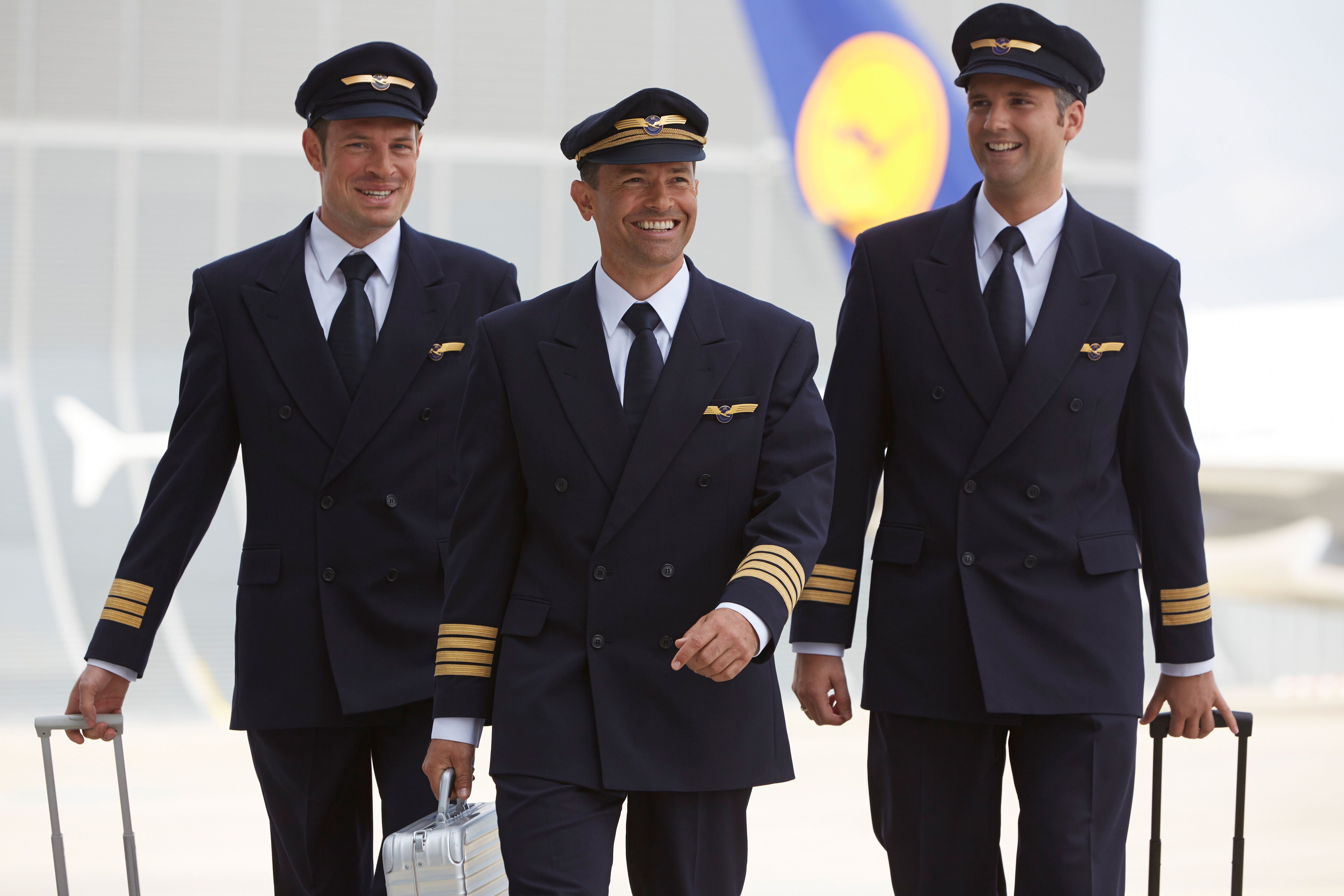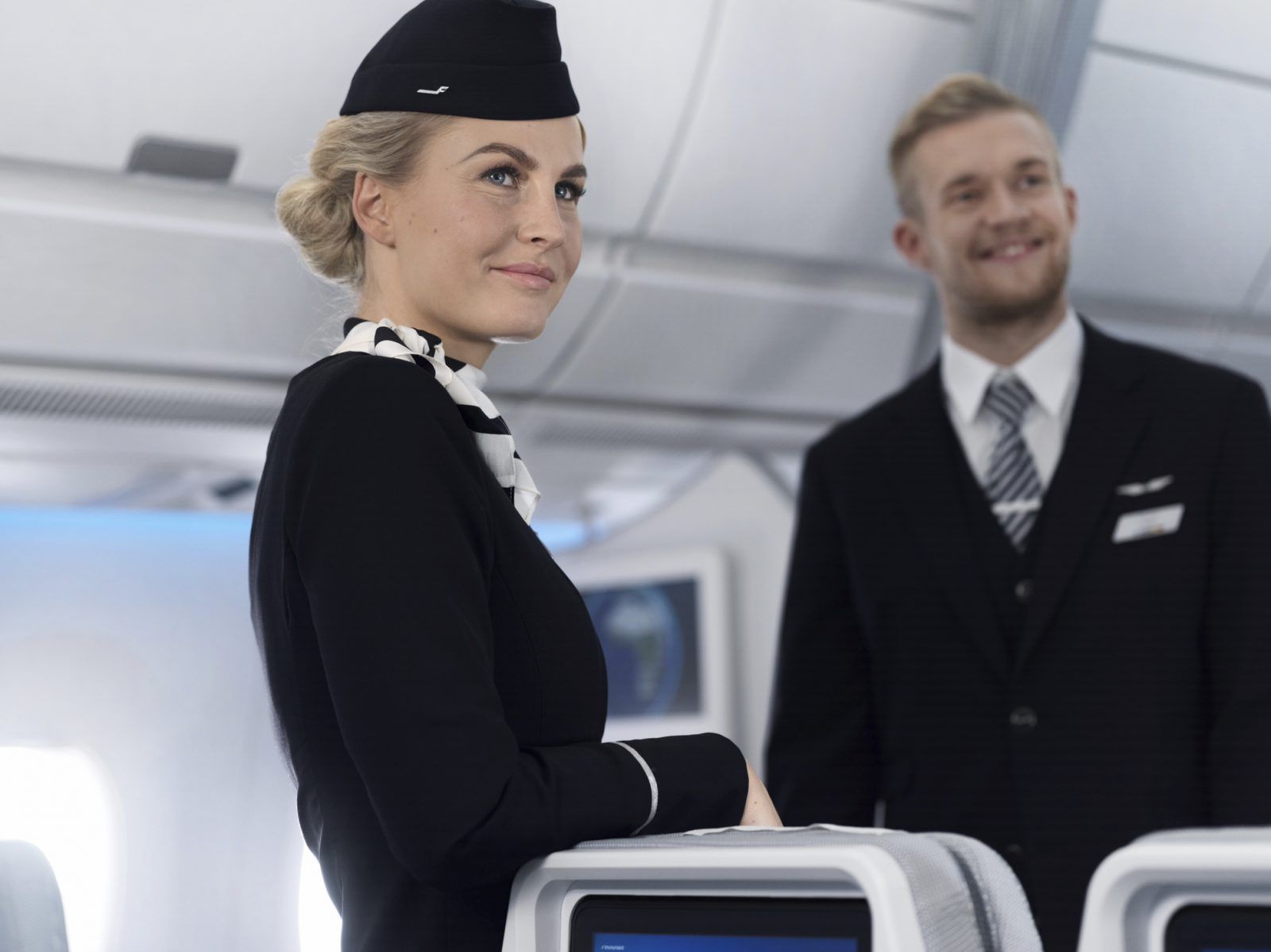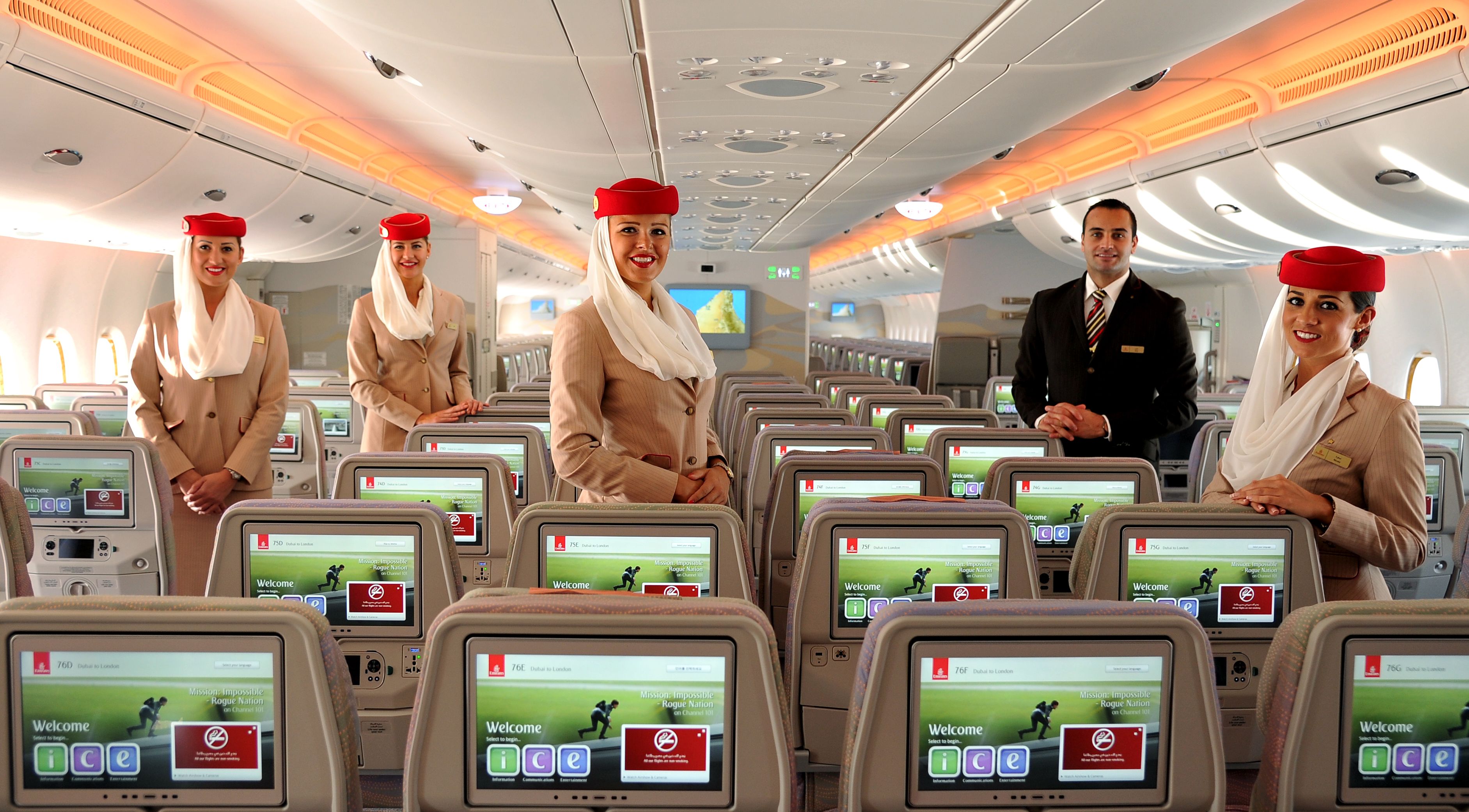Hierarchy and an established chain of command is crucial for any cabin crew team. This is for safety onboard during normal and abnormal flights and especially in any emergency situation. However, on a long-haul flight, with so many crew, it may be slightly more complicated.
Flight crew
The captain holds total responsibility for the aircraft, the passengers, the cargo, and the crew. They are in command and have full authority over the crew. The captain is responsible for the operation and safe conduct of a flight. The first officer is the second in command and works jointly with the captain in order to have a safe and efficient flight.
Get the latest aviation news straight to your inbox: Sign up for our newsletters today.
Long haul differences
Extra crew are carried on long-haul flights. Some airlines that operate both short-haul and long-haul flights may have senior first officers. In this case, they would be second in command to the captain, followed by the first officer. Sometimes, flight engineers are also carried, or another captain might be on board for check flights or be the 'cruise relief' pilot. This is when there are three or four flight crew for a long-haul flight and will take turns flying the aircraft to relieve fatigue.
Senior cabin crew
The senior cabin crew member or SCCM reports to the captain and ensures safety and service in the cabin. They are sometimes known as cabin services director, or inflight service manager. They supervise the team of cabin crew onboard the aircraft. Their role is crucial in communication between the flight deck and the cabin. This is not only for a successful and safe flight but should any emergency situation occur.
Purser roles
On a long-haul flight, there is still an SCCM overall in charge of the cabin. However, there will be other senior positions to supervise different areas of the aircraft. These are sometimes referred to as pursers or inflight supervisors. They are in charge of their galley and the team operating in it. So, if the aircraft has four galleys, the SCCM will supervise one (usually first class), and then there will be three pursers supervising the others. Cabin crew report to the SCCM and then the purser, although the purser leads in the galley. The purser relays any issues to the SCCM.
Get the latest aviation news straight to your inbox: Sign up for our newsletters today.
Cabin crew
Cabin crew report to the SCCM and communicates with them directly during short-haul flights. Within the cabin crew, there is also seniority. This relates to how long they have been with the company. This sometimes affects the cabin crew working position and can be part of the hierarchy. It may also affect what cabin class you work in. Junior cabin crew often work in economy until they have gained seniority.
More crew
On a long-haul aircraft, there will be many more cabin crew onboard, firstly to cover the door operations but also to meet the regulation of 1 crew member per 50 passengers. This is for evacuation reasons primarily but also useful for service. During a long haul flight, the cabin crew are entitled to 'crew rest,' so there has to be enough crew to cover that, too. Some airlines also have a cabin services assistant onboard to attend to first class shower facilities. They are considered part of the team but do not have any safety training or operate any safety equipment. They would be the lowest on the chain of command.




